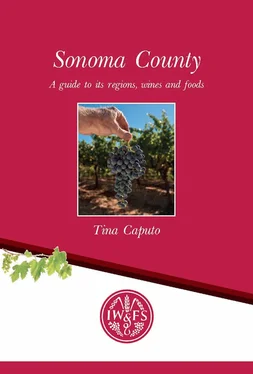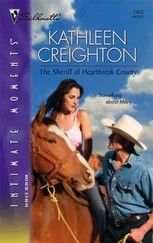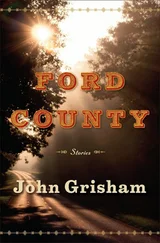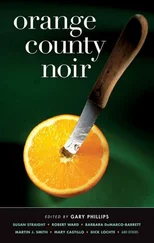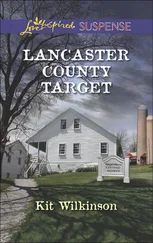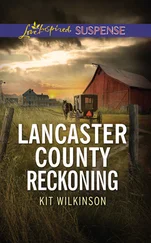When I moved from Michigan to San Francisco 25 years ago, there was only one California wine region I knew anything about: the Napa Valley. Working in upscale restaurants during college had taught me that much. Sure, I had heard of Sonoma, but it was the Mary Ann to Napa’s Ginger; the hamburger to Napa’s filet mignon; the shelter mutt to Napa’s show dog.
After landing a job at the Wine Institute, a lobbying and promotional organisation for the California wine industry, I began to learn about and appreciate Napa’s less-famous neighbour. Touring wineries on weekends, I discovered that Sonoma County had all the rural beauty of the Napa Valley, but with less traffic and a more welcoming, laid-back vibe. Oh, and delicious wine, too! For less money!
For a 20-something wine lover with limited funds at my disposal, those were major selling points.
When out-of-state friends and family came to visit and asked to see “wine country”, I did my best to steer them towards Sonoma. Sadly, this was something of an uphill battle in the 1990s. Everyone had heard of the Napa Valley and its famous Cabernet Sauvignons and Chardonnays, but Sonoma? Not so much.
This was disappointing, but I did not let it deter me. I knew that once they had visited Napa, they would be willing to branch out and give Sonoma a chance. And they did.
A diverse, generous landscape
Soon, my guests began to understand my love and fascination for Sonoma County, with its 4,400 km 2(1,700 square miles) of windswept coastal ridges, rolling hills and redwood forests. Just as I had, they discovered that the region’s diversity of climate, terrain and soils makes it possible to grow everything from cool-climate Pinot Noir to old vine Zinfandel to mountain Cabernet Sauvignon that rivals Napa Valley’s finest. From the Sonoma Coast to the Alexander Valley, there’s so much to explore and enjoy!
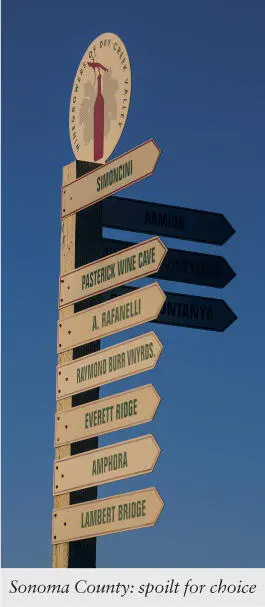
As a wine writer, people often ask me to name my favourite wine or grape variety, and the question always stumps me. On a crisp December day, while eating freshly cracked Dungeness crab, there’s nothing I want more than a Sonoma Coast Chardonnay. When it’s cold and rainy outside, and a savoury cassoulet bubbles in the oven, I would like nothing better than a glass of Russian River Pinot Noir. And what finer way to end the day than with a brooding Cabernet Sauvignon from Knights Valley.
In Sonoma, you can have it all.
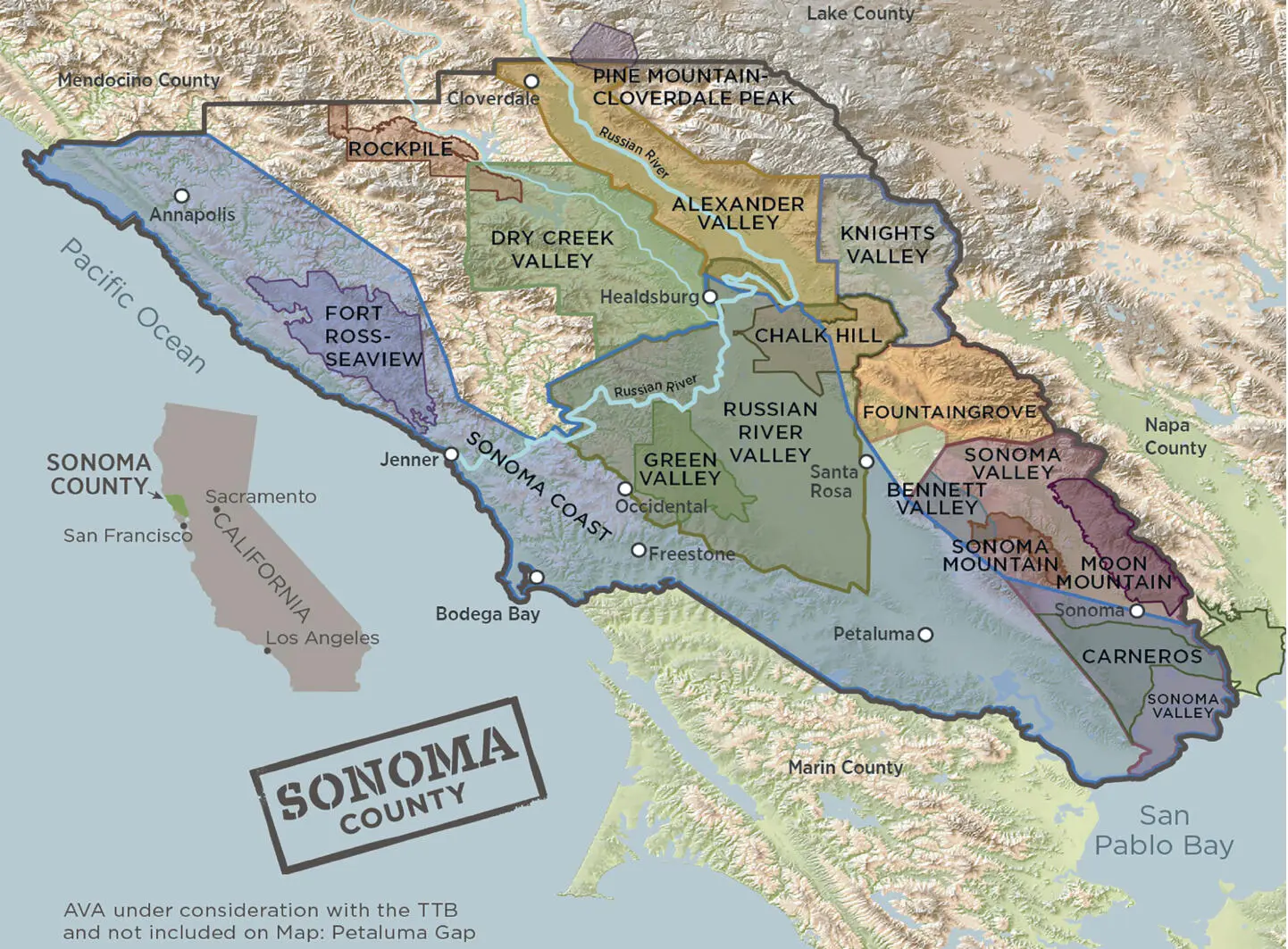
An industry that began with settlers and missionaries, and survived Prohibition and phylloxera, is now responsible for arguably California’s best cool-climate Pinot Noir and Chardonnay
Sonoma County’s winemaking history begins in, of all places, Russia.
Years before Spanish missionaries began planting vines in the Sonoma Valley, colonists from Russian Alaska settled on the Sonoma Coast. In 1812, they established Fort Ross as an agricultural and hunting base for their settlements back home, and planted Northern California’s first grape vines at the site a few years later.
Around 1825, Spanish missionary José Altamira planted vines at the site of Mission San Francisco Solano, near what is now the town of Sonoma. (The town was named for an indigenous word that roughly translates to “Valley of the Moon.”) In 1834, the Mexican government appropriated California’s missions and charged General Mariano Vallejo, California’s military commander, with distributing the land for development. During this period, vine cuttings from the Sonoma mission were used to plant new vineyards throughout the northern California territory.
Meanwhile, the Russian settlers expanded their efforts into the Russian River Valley, and continued cultivating vineyards until they left California in 1841. By then, the roots of Sonoma County’s viticulture industry had been firmly established.
The next turning point in Sonoma’s vinous history came in 1856. That year, settler Cyrus Alexander planted vines in northern Sonoma County, in the region now known as the Alexander Valley. Also in 1856, Hungarian nobleman Agoston Haraszthy purchased the Sonoma Valley property that would become the Buena Vista Winery.
“In 1825, Spanish missionary José Altamira planted vines at the site of Mission San Francisco Solano, near what is now the town of Sonoma”
In 1861, Haraszthy travelled to Europe to study viticulture, and brought back cuttings of more than 450 grape varieties from France, Germany, Italy and Spain. He planted many of these cuttings at Buena Vista and adopted innovative grape-growing techniques that he encountered during his travels. Haraszthy’s efforts earned him a place as a key figure in the development of California’s commercial wine industry – and Sonoma’s in particular.
Sonoma County’s wine industry continued to grow and thrive until 1873, when a worldwide outbreak of the phylloxera root louse all but wiped out its vines. It took years to replant the vineyards, but by 1920, Sonoma had 256 wineries and more than 8,900 ha (22,000 acres) of producing vineyards.
Unfortunately, 1920 also marked the launch of Prohibition, banning commercial alcohol production in the United States for 13 long years.
Home producers save vine growers
The effects of Prohibition were not all negative, however. Because each household was allowed to make 757 litres (200 gallons) of wine per year, home winemaking surged. People needed grapes to make their wines, and that kept Sonoma growers from pulling out their vineyards. During Prohibition, the region’s producing vineyards grew to more than 12,000 ha (30,000 acres).
The wineries weren’t so lucky. By the time Prohibition ended in 1933, fewer than 50 Sonoma County wineries remained. Of the 700 wineries in all of California, only 160 had survived – mostly by producing sacramental wines.
In the years following Repeal, families established new wineries to rebuild Sonoma’s diminished wine industry. World War II helped in that regard, by preventing French wines from being imported into the country. The lack of French wines opened the door for local wineries to grow their businesses, mainly in producing bulk wines.
A new crop of Sonoma County wineries opened in the 1970s, in response to a nationwide jump in wine consumption. In 1970 alone, US wine consumption grew by 40%.
As demand grew, so did quality. While most wine lovers know about Napa Valley’s victory in the famous 1976 “Judgment of Paris” tasting, in which California wines beat the French in a blind tasting, few realise that Sonoma also played an important role in that event. Nearly half of the grapes in Chateau Montelena’s 1973 Chardonnay, the tasting’s top-ranking wine, came from Sonoma County vineyards.
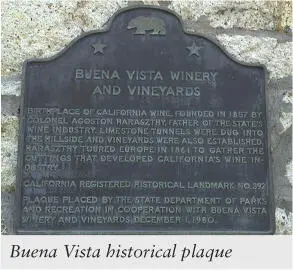
Even so, it was not until 1989 that wine grapes became Sonoma County’s top revenue-generating agricultural crop, surpassing dairy, grain and other products.
“Sonoma County is considered by many as the state’s best region for cool-climate Pinot Noir and Chardonnay”
Pinot Noir and Chardonnay lead the way
Читать дальше
